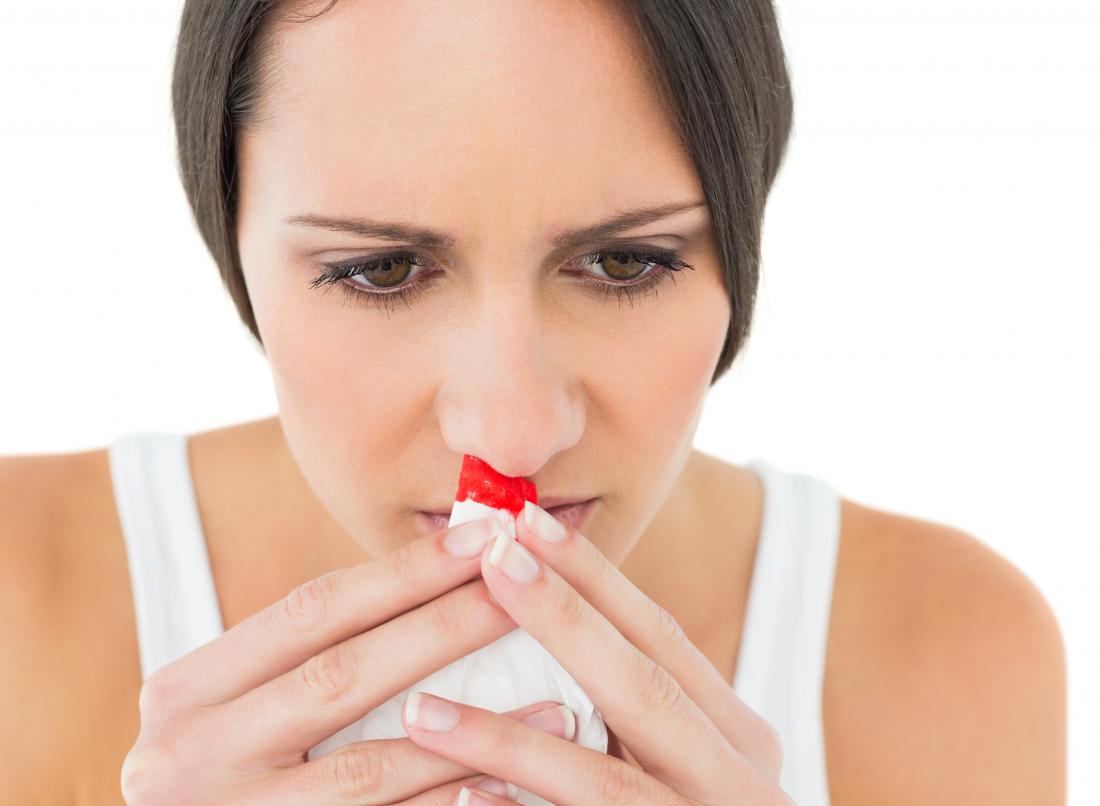
The air you breathe might be drying out your nose without you realizing it
Frequent nosebleeds often begin in places you’d least expect—your bedroom, office, or even car. When the air lacks humidity, especially during winter or in climates that rely on heating or cooling systems, the inner lining of your nose loses moisture. It becomes fragile. Vulnerable. Tiny cracks appear. And those cracks lead to blood.
You don’t need trauma. Or injury. Just dryness. Your nose isn’t designed for constant artificial air. Not without help. Humidifiers, saline sprays, even petroleum jelly can make a difference. But without them, the bleeding may become routine.
It’s not the weather. It’s the air around you every single day.
Small habits like picking or blowing can do more damage than you think
Most nosebleeds don’t start with anything dramatic. A finger. A tissue. A sniff. Your nose is lined with capillaries—thin, near the surface, easily broken. Even mild irritation builds up over time.
Children often experience nosebleeds from simple nose picking. Adults aren’t immune either—especially during colds, allergy season, or daily stress. Blowing too hard or rubbing too often creates pressure, and pressure breaks those vessels.
You may not even notice the habit. But your nose remembers every time.
Inflammation from allergies or illness can turn sensitive tissue into a problem zone
When your nose is inflamed, it swells. That swelling increases blood flow, which means more pressure inside delicate vessels. Add in sneezing, blowing, and irritation from tissues, and it’s a perfect storm for bleeding.
Many people use decongestants or antihistamines to cope—but these dry out the lining even more. Relief comes with a cost. What helps you breathe might quietly set you up for another bleed tomorrow.
The more your nose fights for balance, the easier it bleeds when pushed.
Medications you take for other reasons can raise your bleeding risk
Blood thinners like aspirin, warfarin, and even some supplements increase your body’s tendency to bleed. That includes your nose. What might be a light trickle in one person becomes persistent in someone on anticoagulants.
Even without trauma. Even without inflammation. These medications make every capillary more likely to burst and less likely to stop.
If nosebleeds are frequent and you’re on these drugs, talk to your doctor. Not to stop treatment—but to find balance.
A deviated septum silently shifts the airflow—and the risk
The septum, that small wall between nostrils, isn’t always straight. A slight curve. A sharp bend. These changes often go unnoticed. But they affect how air flows through your nose—and how it dries your nasal lining unevenly.
One side might be dry. One side might bleed more. Over time, the imbalance becomes a pattern. Some people even wake with blood on one side of the pillow, night after night.
The structure doesn’t scream. It whispers in repetition.
Even the products designed to help can become part of the problem
Nasal sprays are convenient. Fast. Available at every pharmacy. But they’re not harmless when overused. Decongestant sprays, if used more than a few days, cause rebound congestion. That swelling breaks vessels.
Steroid sprays, while helpful for inflammation, can thin the lining if used too long. The delicate balance between use and overuse is rarely explained. But your nose knows the difference.
Relief comes with responsibility. And rhythm.
Sometimes it’s not the nose at all—it’s something deeper
While rare, some conditions affect your blood’s ability to clot. Liver issues. Platelet disorders. Even genetic conditions like hemophilia or von Willebrand disease. These don’t just affect injury—they affect every small bleed, including your nose.
If you notice frequent bruising, gum bleeding, or prolonged bleeding from small cuts, get checked. If nosebleeds appear suddenly after years of none, tell your doctor.
Most nosebleeds are minor. But when the pattern changes, don’t ignore it.
Moisture isn’t a luxury—it’s a necessity for healing
You can’t control the weather. But you can control your indoor air. A humidifier in your bedroom. Saline spray before sleep. Drinking water throughout the day. Even something as small as avoiding long, hot showers that dry out the skin can help.
Apply a thin layer of ointment to the inside of the nose with a cotton swab. Not deep. Just enough to soothe. This keeps the lining flexible—and less likely to crack under pressure.
Consistency beats emergency care. Prevention is quieter—but more powerful.
Some patterns deserve more attention than they get
If you’ve had more than a few nosebleeds in a month, track them. When do they happen? After what activities? In which room? Are they always on the same side? These clues matter.
Sometimes it’s a habit. Sometimes a medication. Sometimes a deeper issue. Patterns reveal causes faster than tests.
A notebook and awareness go further than waiting for it to get worse.
